Let’s say you’re cooking, and your recipe calls for corn flour, but you only have cornmeal. Is cornmeal the same as corn flour?
Although these two products come from corn, they’re not the same thing.
So, let’s go through and find the difference between cornmeal vs corn flour.
We’ll discuss what these products are, when to use them, and the main differences between the two products.
Table Of Contents
Corn Flour vs. Cornmeal: What Are They?
Cornmeal and corn flour both have their place in baking and cooking. They are used for very different purposes, although sometimes the end product is very similar.
Let’s go through each product now.
What is Cornmeal?
Cornmeal [1], as the name suggests, is a meal. A meal is a coarse flour, meaning that it’s not ground down into a fine powder much like other flours.
There are three different textures—coarse, medium, and fine. Fine ground cornmeal is still coarser than other flour, including corn flour.
Manufacturers make cornmeal by first drying out corn kernels. After the kernels dry, producers then grind it into one of the three textures. Once ground, the cornmeal is ready for you to purchase and use it.
Cornmeal has some interesting derivatives, as well.
- In Europe, people boil cornmeal in water, turning it into polenta.
- In Central America, people mix cornmeal with limewater (or other basic solution) to create masa flour.
What is Corn Flour?
Corn flour is more akin to wheat flour in texture than cornmeal.
Corn flour is exactly what the name suggests—flour made from corn. Producers grind corn flour into an extremely fine texture, much like a powder.
To make corn flour, manufacturers take the same steps as they do when making cornmeal.
- First, they dry the corn kernels.
- After allowing the kernels to dry, the producers grind the kernels.
Instead of having three different textures, corn flour only comes in an ultra-fine powder.
When making corn flour, all parts of the corn kernel go into the four. The endosperm, germ, and hull are all ground down to make the flour. Since corn flour uses all parts of the kernel, we consider it a whole grain flour.
Corn flour is most often yellow, although white is also common.
Cornmeal vs. Corn Flour: When to Use Them
Some everyday products that use corn products include cornbread, Johnny Cake, tortillas, and more.
Let’s go through some common usages for both products, as well as when you should plan on using cornmeal or corn flour.
When to Use Cornmeal
People most often use cornmeal as a constituent for an end product rather than being the center of attention.
As stated before, cornmeal comes in different textures that have unique uses. Coarse cornmeal takes longer to cook and has a potent flavor compared to finer grinds.
Fine Ground Cornmeal
People use fine ground cornmeal in various products. You can boil it to make polenta, a porridge-like dish based on cornmeal. You can also make masa flour, which is flour people need to make corn tortillas or tamales.
You can also use fine cornmeal for loaves of bread or cakes, although corn flour produces a better result. Fine cornmeal is adequate for cornbreads or other dense products, but you should avoid it for lighter ones.
Further Reading: What to Eat with Cornbread
Medium Grind Cornmeal
Medium grind cornmeal is ideal for cornbreads, as it lends a hefty flavor while not being as dense as coarse cornmeal. Medium cornmeal is also perfect for making grits, another porridge-like dish.
Medium cornmeal is a balance between fine and coarse grinds, making it a more versatile product than either. That means you can use it in some cases where it calls for a fine grind or a coarser grind.
Coarse cornmeal
Coarse cornmeal is best suited for breading fried products, old-fashioned products, and some types of bread. With coarse cornmeal, you’ll get a more intense flavor, but the texture of your end product may be gritty.
When to Use Corn Flour
Corn flour is most often used in baking or cooking when you need to have a perfectly consistent mixture. The most obvious uses for it are in cakes, batters, and doughs.
By using corn flour, you can ensure that you mix the flour and other ingredients together correctly.
Corn flour is a common ingredient in many products, such as fine cornbreads, pancakes, waffles, cakes, and more. It is also perfect for breading fried products, like hush puppies and fritters.
For most recipes, you can also use corn flour as a gluten-free alternative to wheat flour. Since corn doesn’t contain any gluten, corn flour is naturally gluten-free (as is cornmeal). There’s no need for tough calculations either, as one cup of cornflour is equal to two cups of whole wheat flour.
Summary: Difference Between Cornmeal and Corn Flour
Although these two products are incredibly similar, they do have one main difference.
As stated before, cornmeal comes in one of three textures, while corn flour only comes in an ultra-fine texture. The difference in texture is the main difference between the two products.
Aside from their difference in texture, cornmeal and corn flour are almost identical.
They’re made from the same product using the same methods, and the only difference is how fine the final product ends up.
In South and North America, cornmeal is still much more common than corn flour. Cornmeal was once a staple food for almost all households across both continents. But as corn flour became cheaper and more available, more homes began choosing it.
Recipes with Cornmeal and Corn Flour
Fry Fish with Cornmeal
Fry fish with cornmeal is a dish that is very popular in the southern regions of America. It can be served as an appetizer or main course and it is often eaten during Lent.
The video below will teach you how to make it. Give it a try now!
Fry Fish with Cornmeal
If you’ve been looking for a way to spice up your next taco night, it’s time to learn how to make corn flour tortillas.
It’s going to take a little bit of patience but the final product will be worth it! Try this tasty recipe today!
FAQs About Cornmeal and Corn Flour
Can I use cornmeal instead of corn flour?
Cornmeal has a coarse texture and a nutty flavor that works well as an alternative to corn flour in many recipes such as cornbread, muffins and biscuits.
The most important thing is the ratio of 1 cup of cornmeal to 3/4 cup of cornflour.
What does corn flour look like?
The color of corn flour ranges from a pale yellow-white to a dark brownish color depending on the type being used.
How long does cornmeal last?
The answer is about 6 months to a year.
Cornmeal will go rancid if left unsealed and exposed to air for too long. This is because it has high amounts of fat in it which makes it susceptible to oxidation.
To be on the safe side, store your dried cornmeal in an airtight container at room temperature or inside your pantry!
Where to buy cornmeal?
There are many places to buy cornmeal.
You can find it in the grocery store, but some stores may have a more limited selection of brands and types of cornmeal.
It is also available at your local health food store as well if you want to explore different options for organic or gluten-free varieties.
If you’re lucky enough to live in an area that has a restaurant supply store, then you will be able to go there and get just about any type of corn product that is available. These stores are often much less expensive than the grocery store because they purchase their products in bulk quantities so they can sell them cheaper per ounce or pound.
Where to buy corn flour?
You can buy corn flour at your local grocery store.
If you want to get the best price and selection, though, it’s worth checking online stores like Amazon and Trader Joe’s too.
Wrapping Up
No matter what you’re making, knowing the differences between cornmeal and corn flour can help you use both items correctly.
So, is cornmeal the same as corn flour? Not exactly, but they’re both products made from grinding dry corn kernels, which makes them very similar.
If your end product requires a smooth consistency, use corn flour, but if the texture doesn’t matter all that much, you can use cornmeal.
Here’s to your new knowledge of cornmeal and corn flour—now it’s time to put it to use!

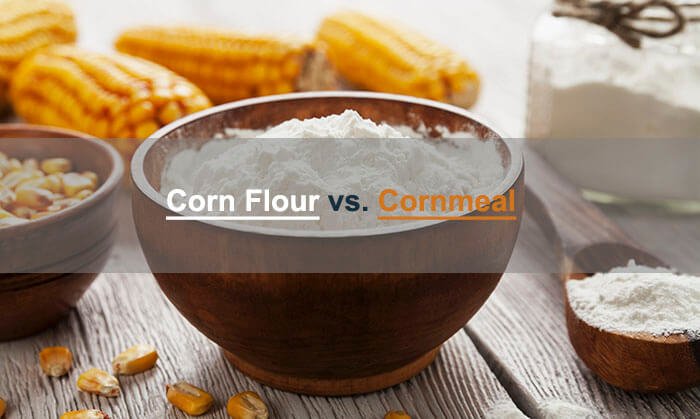
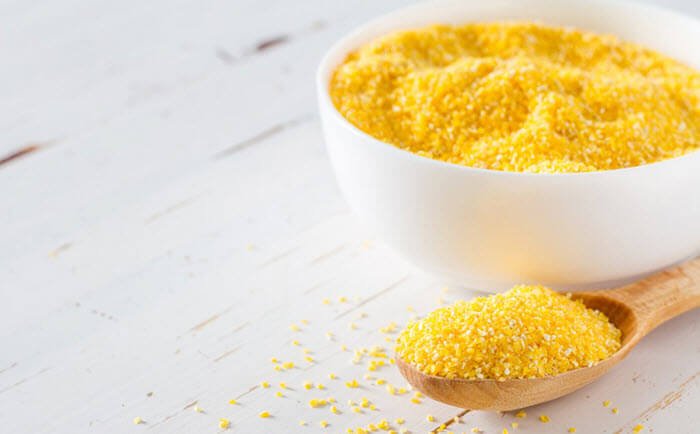
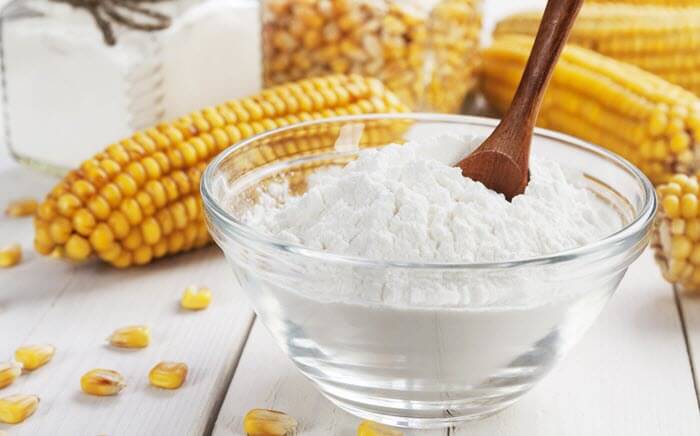
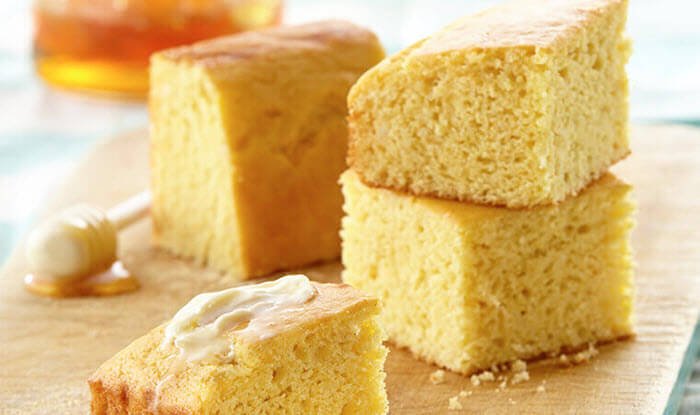
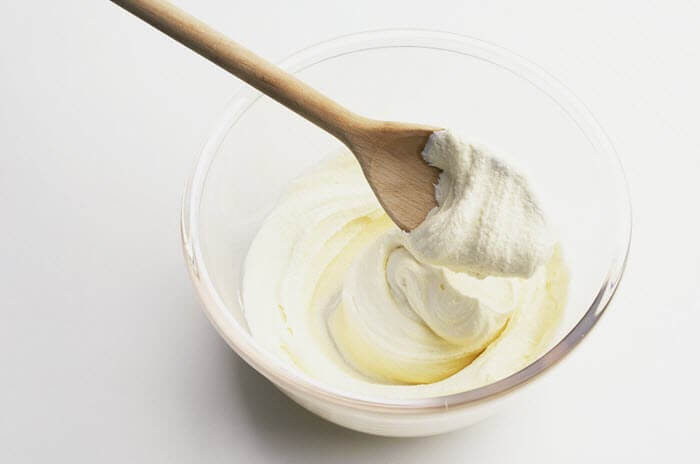
What about corn starch? Is it the same as corn flour?
No, corn starch is a fine, white powder that is made from the starchy part of the corn kernel. It is used primarily as a thickener in sauces, soups, and other dishes.
Corn flour, on the other hand, is made from the whole corn kernel and is typically yellow in color. It has a slightly sweet, nutty flavor and is often used in baking, particularly for making cornbread and tortillas.
I disagree that all these come from the same corn. There is corn best suited to be used as flour and flint corn generally is what is used for corn meal.
Thanks for sharing this, we’ll make some research on this.